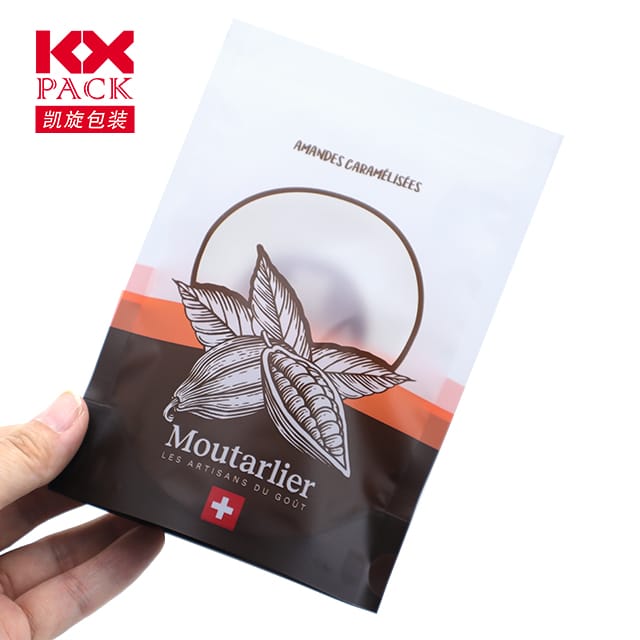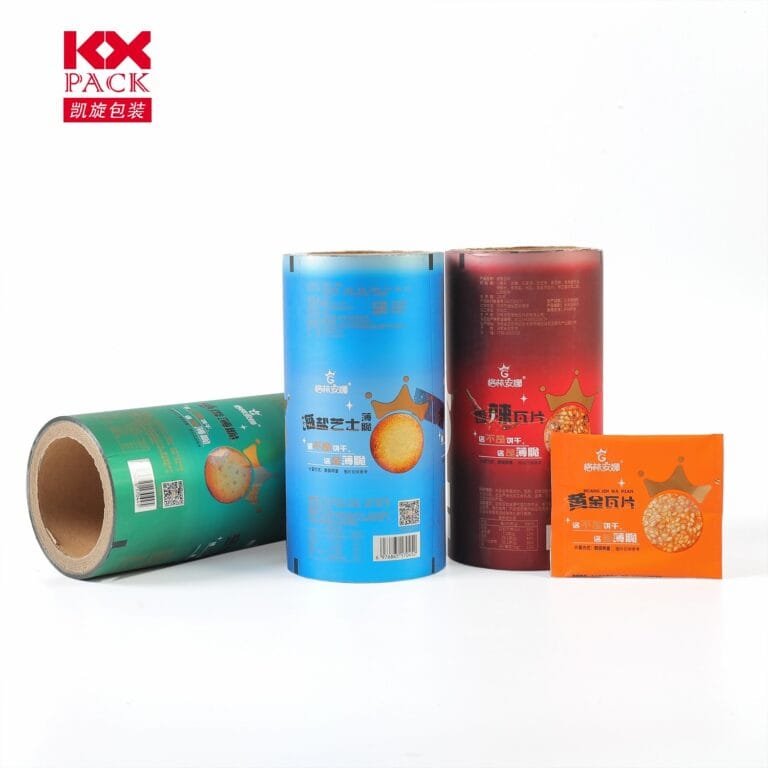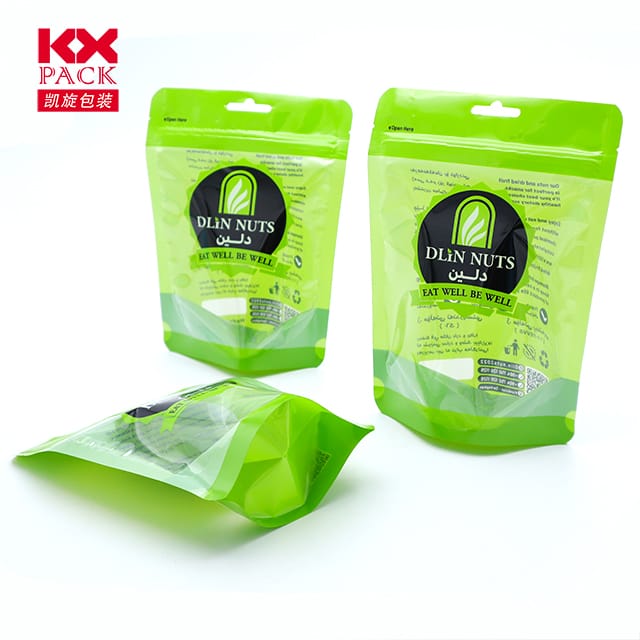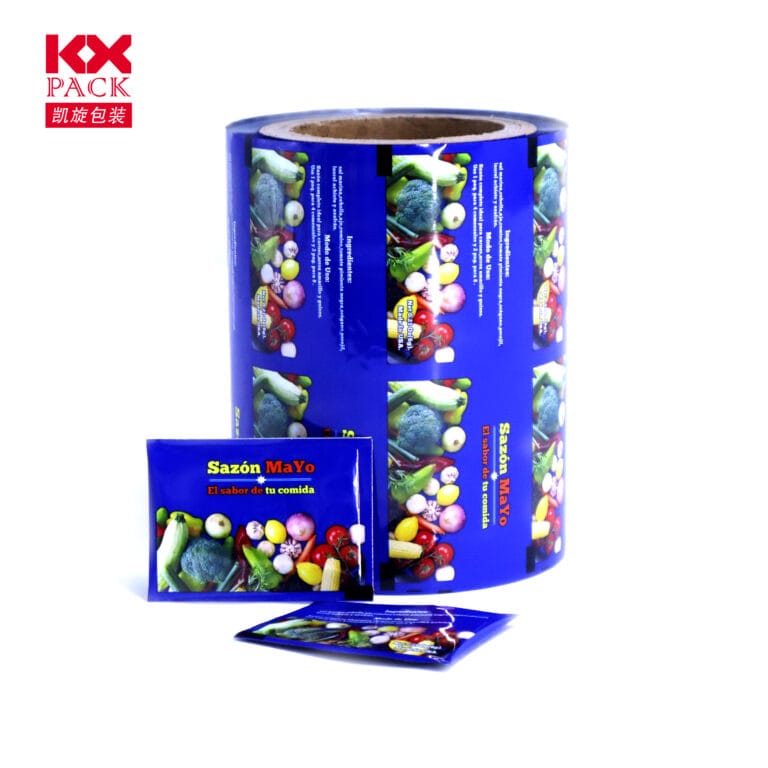Ata tifaga: O le toa le mautonu o le umukuka lelei ma le malosi
Ata tifaga
In kitchens worldwide, ua manino, CLYY HERO MULIMULI FUA FUA FUA, taofia le otaota, ma fetuunaiga i aso nei lagolago tumau: ata tifaga (ua lauiloa foi o le palasitika afifi pe pipii ata). O lenei umukuka lotomaʻe o le umukuka ua faʻamalosia mai le faigofie meafaigaluega i se faʻailoga o se faʻailoga fou-ma feololo-ao tatou paleni aoga ma le siosiomaga tiute. Let’s unravel the story of food film wrap, its role in daily life, and its future in a greener world.
The Origins: From Military Tech to Kitchen Drawer
Food film wrap’s journey began in the 1930s when a lab accident during cellophane production led to the discovery of polyvinylidene chloride (Pvdc), a stretchy, moisture-resistant material. Initially used for military packaging, it entered civilian kitchens post-WWII asSaran Wrap, revolutionizing food storage. Its ability to create an airtight seal against containers and surfaces made it a must-have for busy households.
Over time, manufacturers introduced alternatives like polyethylene (PE) and biodegradable films, catering to eco-conscious consumers. Le asō, food film wrap is no longer just a single-use plastic—it’s a category of solutions designed for versatility and sustainability.
Why We Love It: The Practical Perks
- Freshness Preservation: By blocking air and moisture, food film wrap extends the shelf life of leftovers, fua, ma sisi, fa'aitiitia mea'ai otaota (and grocery bills).
- Hygoene Hero: It acts as a barrier against bacteria and odors, keeping refrigerators clean and cross-contamination at bay.
- Versatility Unmatched: From wrapping sandwiches for lunchboxes to covering dough during proofing, its clingy nature molds to any shape.
- Space-Saving: Unlike bulky containers, film wrap flattens easily, optimizing fridge and pantry space.
Le siosiomaga faafitauli: O le Feagaiga Vs. Planet
Despite its benefits, traditional food film wrap has a dark side. Most varieties are non-recyclable and take centuries to decompose, contributing to plastic pollution in oceans and landfills. Tasi-faaaoga Plastics, including film wrap, face growing scrutiny as governments and consumers demand eco-friendly alternatives.
This has sparked innovation:
- Ata biodegrable: Faia mai mea e faʻavae i luga e pei o le cornschrch, these break down in compost within months.
- Reusable Options: Silicone food covers, beeswax wraps, and fabric bowl covers offer durable, washable alternatives.
- O ata fou: Researchers are developing edible coatings from seaweed or starch to wrap produce directly.
The Future: Atamai, Tumau, and Circular
The next generation of food film wrap aims to merge functionality with planetary health:
- Ata sili: Embedded with sensors to detect food spoilage or release natural preservatives.
- Lapotopoto mamanu: Films made from recycled plastics or designed for easy recycling.
- Zero-Waste Kitchens: Brands are promoting “refill stations” for bulk film rolls to cut packaging waste.
How to Make Smarter Choices Today
While the industry adapts, consumers can take action:
- Opt for Reusables: Invest in silicone lids or beeswax wraps for daily use.
- Recycle Right: Check local guidelines—some areas accept clean, dry PE film at grocery drop-off points.
- Reduce Usage: Store leftovers in glass containers or mason jars instead.
- Support Innovation: Choose brands experimenting with biodegradable or compostable options.
Fa'ai'uga: A Tool in Transition
Food film wrap’s story mirrors our broader struggle with plastic. Once a symbol of modern convenience, it now represents the urgent need for sustainable innovation. While alternatives gain traction, traditional film wrap still plays a role in reducing food waste—a critical step in fighting climate change.
The key lies in mindful consumption: using film wrap only when necessary, opting for eco-friendly versions, and advocating for systemic change. Ae uma ane, preserving food shouldn’t come at the cost of preserving our planet.
What’s your go-to food storage hack? Share your tips (or favorite reusable wrap brands) in the comments below!
Upu autu: ata tifaga, sustainable kitchen, plastic waste, biodegradable cling film, food preservation







